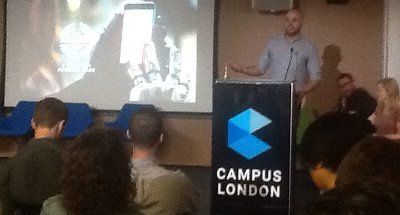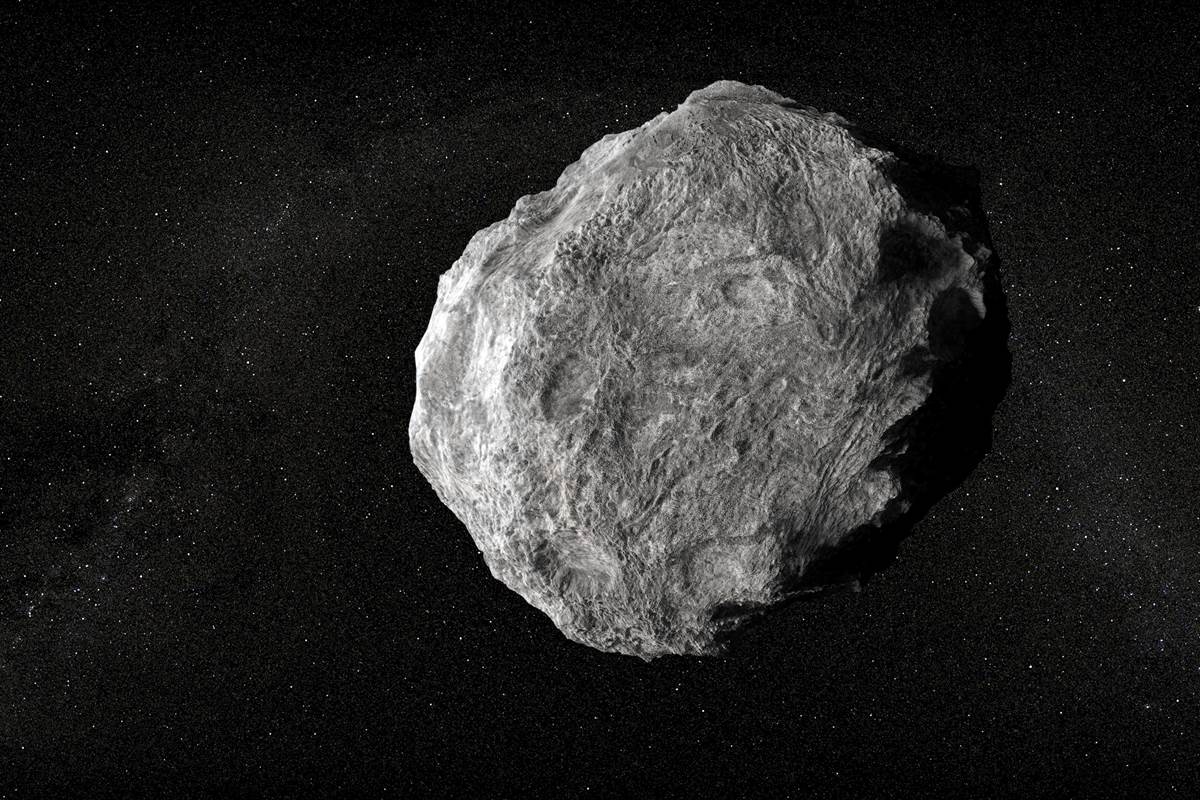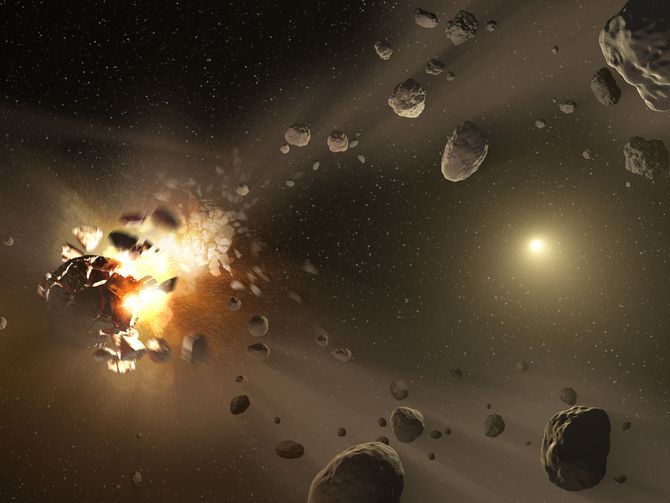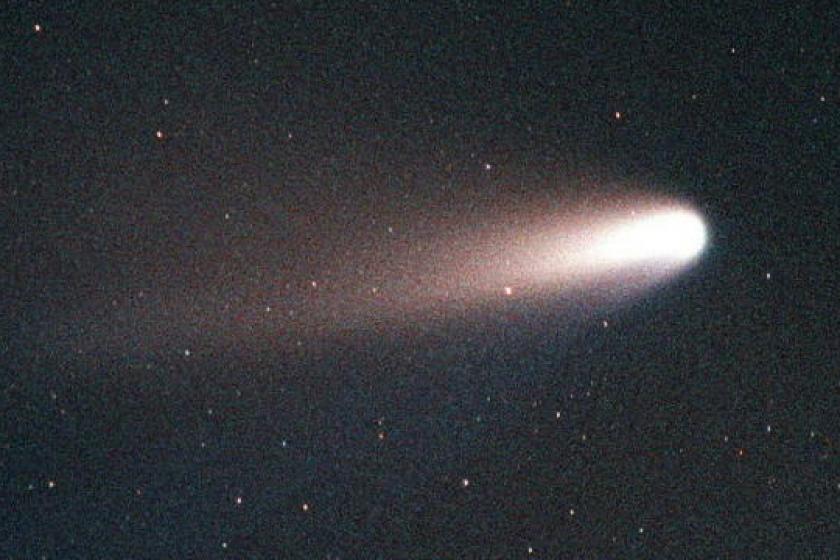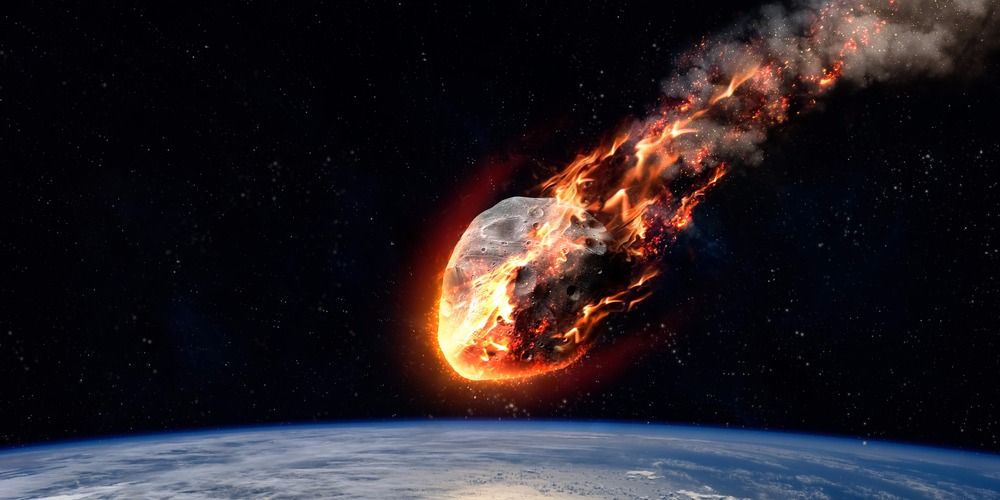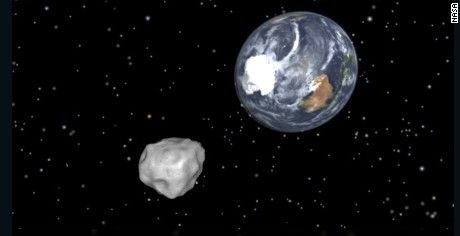“A hackathon (also known as a hack day, hackfest or codefest) is a design sprint-like event in which computer programmers and others involved in software development, including graphic designers, interface designers, project managers, and others, often including subject-matter-experts, collaborate intensively on software projects. Occasionally, there is a hardware component as well. Hackathons typically last between a day and a week. Some hackathons are intended simply for educational or social purposes, although in many cases the goal is to create usable software.” https://en.wikipedia.org/wiki/Hackathon
In February 2014, Dr. Brian May, astrophysicist and famed guitarist for the rock band QUEEN, began working with Grigorij Richters, the director of a new film titled 51 Degrees North, a fictional story of an asteroid impact on London and the resulting human condition. May composed the music for the film and suggested that Richters preview it at Starmus, an event organized by Dr. Garik Israelian and attended by esteemed astrophysicists, scientists and artists, including Dr. Stephen Hawking, Richard Dawkins and Rick Wakeman. The result was the beginning of discussions that would lead to the launch of Asteroid Day in 2015. See : https://asteroidday.org/
